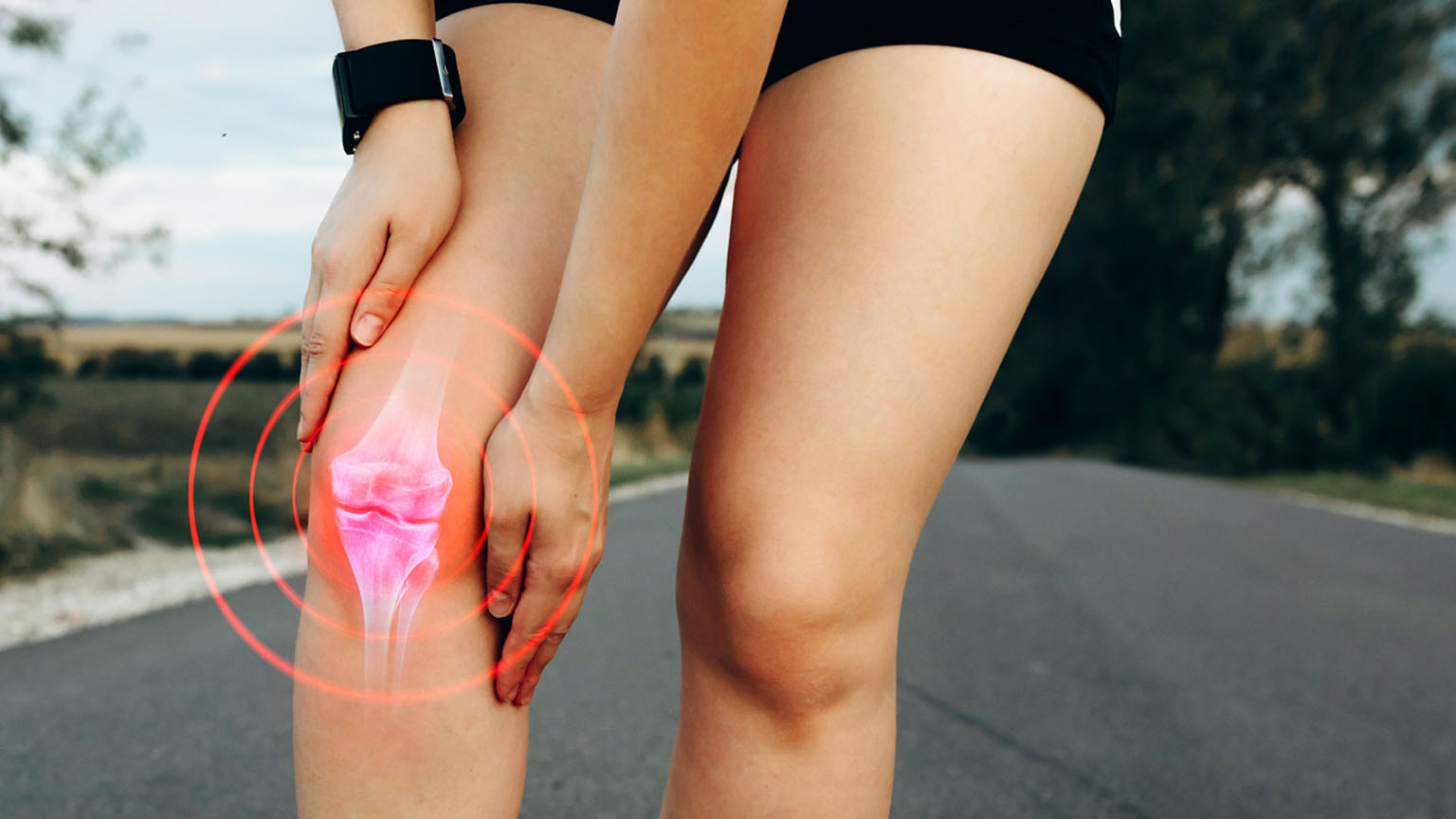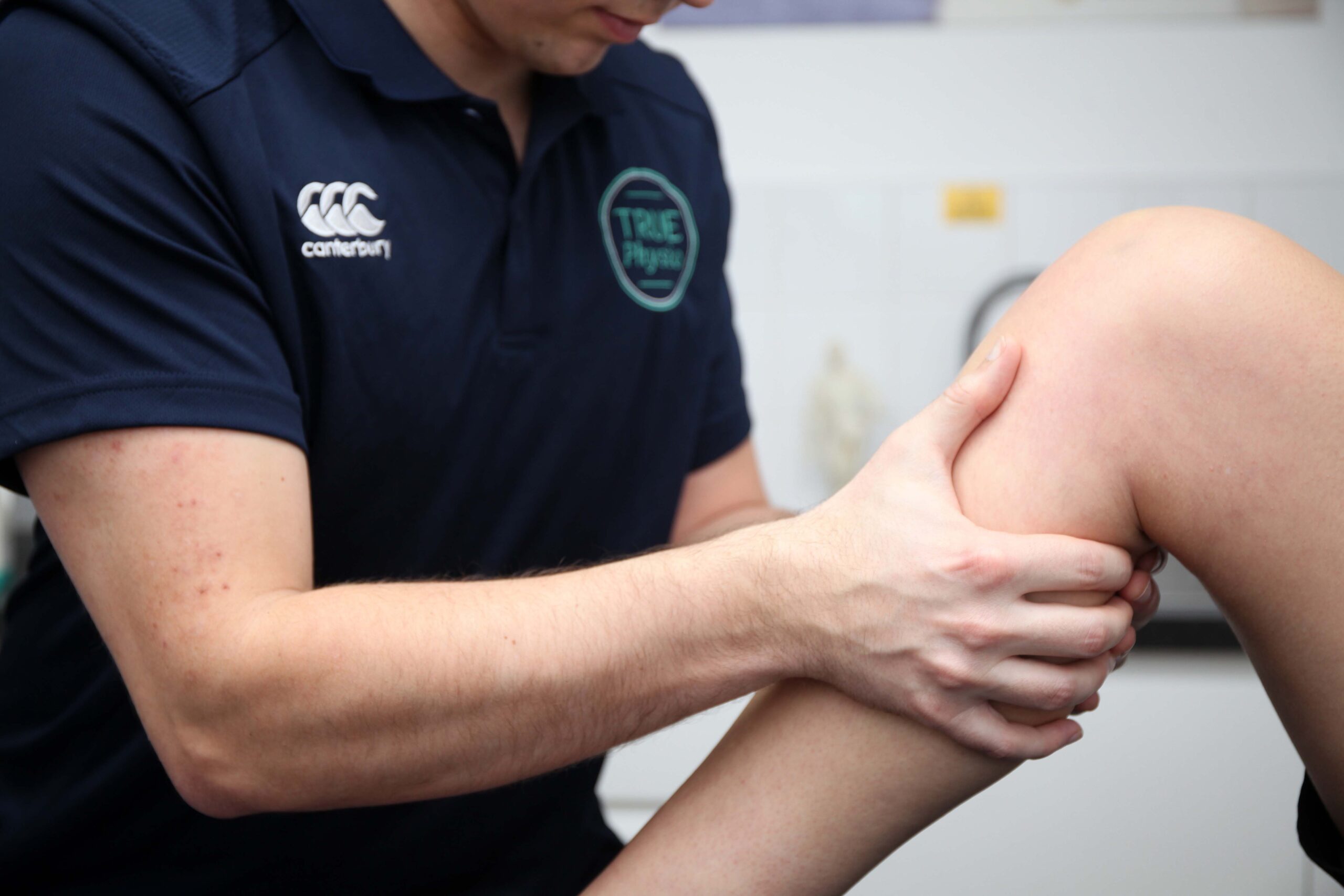
Meniscus Injury Treatment
Understanding Meniscus Injury
The menisci are two crescent-shaped pieces of cartilage that sit between your thigh and shin bones in each knee. Acting as natural shock absorbers, they help distribute your body weight evenly across the knee joint, support stability, and aid smooth movement. Damage to either the medial (inside) or lateral (outside) meniscus can disrupt all of this and require meniscus injury treatment.
A meniscus injury usually refers to a tear and can result from a sudden twist during weight-bearing, often seen in sports, or from gradual wear and tear due to ageing. Whether you’re sprinting on a pitch, climbing stairs, or crouching in the garden, this type of injury can make everyday tasks feel painful and awkward.
Symptoms of a Meniscus Injury
Meniscus injuries can vary in intensity, but some of the most common symptoms include:
- Localised pain, especially along the joint line
- Swelling and stiffness that may develop over several hours
- A locking or catching sensation when moving the knee
- Reduced range of motion
- Difficulty fully straightening or bending the knee
- A feeling of instability or giving way
If you’re experiencing any of these signs, early diagnosis and appropriate care can make all the difference in your recovery.

The Role Of Physiotherapy In Meniscus Injury Treatment
Physiotherapy is often the first line of treatment for meniscus injuries, especially when surgery isn’t required. It focuses on knee pain relief and swelling while restoring movement and function in the knee. A structured rehabilitation plan can make a huge difference in achieving long-term knee health and preventing further damage.
In some cases, a meniscus injury may not fully settle without surgical intervention. If surgery is required after assessment, physiotherapy remains essential in guiding and optimising recovery. Targeted rehab helps restore strength, mobility, and stability in the knee, ensuring a safer and speedier return to sport, work, or daily activity.
Treatment typically includes strengthening exercises for the quadriceps, hamstrings, and glutes, which all support the knee joint. These are paired with mobility work to restore range of motion, and hands-on manual therapy to reduce stiffness. Your physiotherapist may also recommend braces, taping, or crutches if needed for short-term support.
As part of a broader sports injury physiotherapy approach, sessions may include education on proper movement techniques, personalised activity modifications, and gradual reintroduction to sport or physical work. Whether used on its own or following surgery, physiotherapy plays a crucial role in a full, safe recovery.

How True Physio Can Help
At True Physio, we deliver personalised care for every stage of your meniscus injury treatment and recovery. Starting with a detailed assessment, we identify the tear’s impact and any underlying imbalances. Your custom rehabilitation plan includes targeted exercises to improve strength, flexibility, and balance, alongside hands-on treatments like massage, manual therapy, and shockwave therapy for pain and swelling. We provide practical guidance on movement, prevention, and assistive device use. If surgery is involved, our expert post-op rehab helps you safely return to full activity. Throughout your journey, we closely monitor your progress to ensure the best possible outcomes for lasting recovery.
